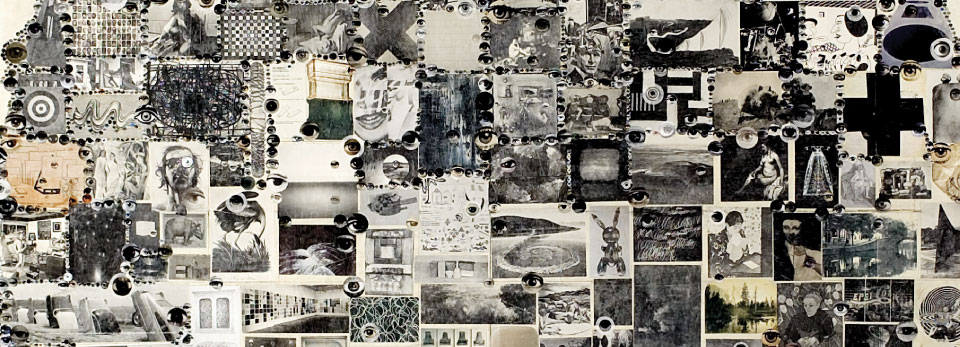

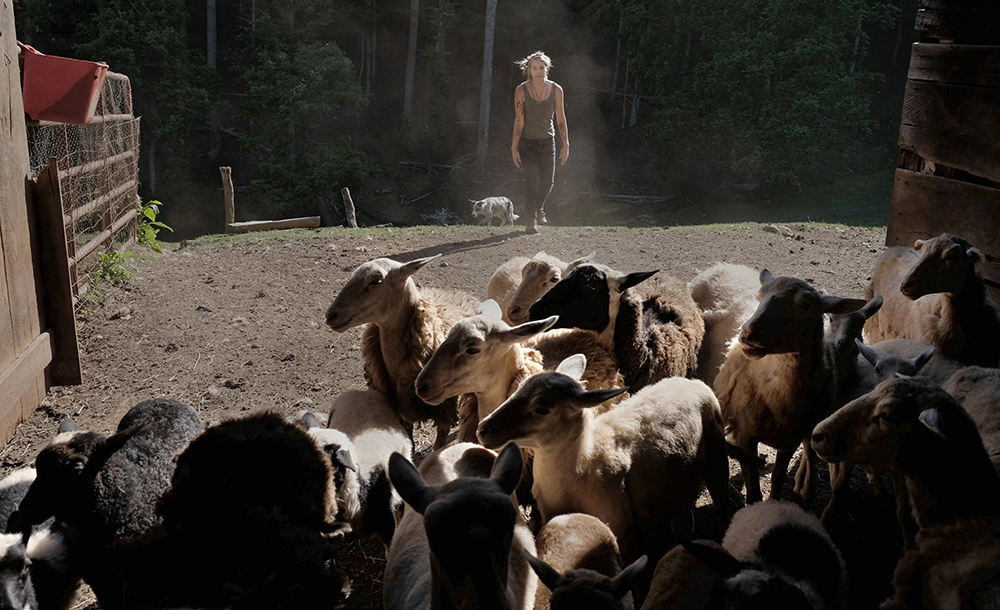
What does the contemporary South look like? It could be as color-saturated as a basket of local tomatoes – or as somber as a black-and-white portrait of a tattered man. If you survey Southern photographers today, you’ll find they capture everything from junkyard dogs and Dixie signs to Mississippi’s indigenous peoples, from marching activists to homecoming queens.
Now, the Halsey Institute of Contemporary Art at the College of Charleston presents a far-reaching exhibition and programming series that is as vast and varied as the divergent social, political and artistic terrain it explores.
From Oct. 19, 2018, through March 2, 2019, “Southbound: Photographs of and about the New South” will be on view simultaneously at the Halsey Institute and the City Gallery at Waterfront Park, which represents a partnership between the College of Charleston and the City of Charleston.
READ THE FULL STORY [+]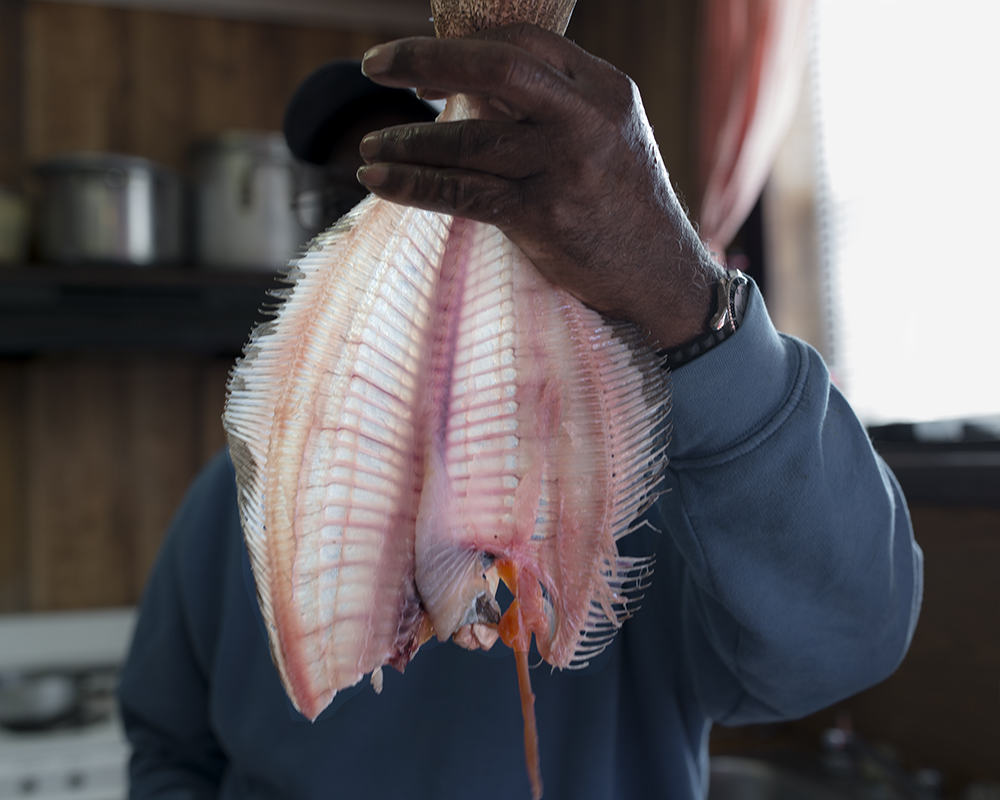
Southbound: Photographs of and about the New South is about the South as a whole. It doesn’t focus on one city, state, topography, and group of people. The photographs capture a feeling, a moment in time in the New South.
“Funnily enough, Charleston itself isn’t portrayed as much as you may image, but Charleston – in terms of a geographer, it’s interesting to think about the places that are represented – but its certainly very visible because of the places that photographers are drawn towards,” Mark Long said.
When looking at the historical south, Long comments that you can draw a line from Charleston to other places in an interesting way.
One photographer, Thomas Daniel, photographs people and events on the fringes of American society. Southbound features images from his reenactment series titled Southern Cause. His experience as a combat photographer in Vietnam is important to consider when viewing these images.
“He embedded himself in the civil war reenactment and disguised his camera. He gets a rank,” Sloan said.
READ THE FULL STORY [+]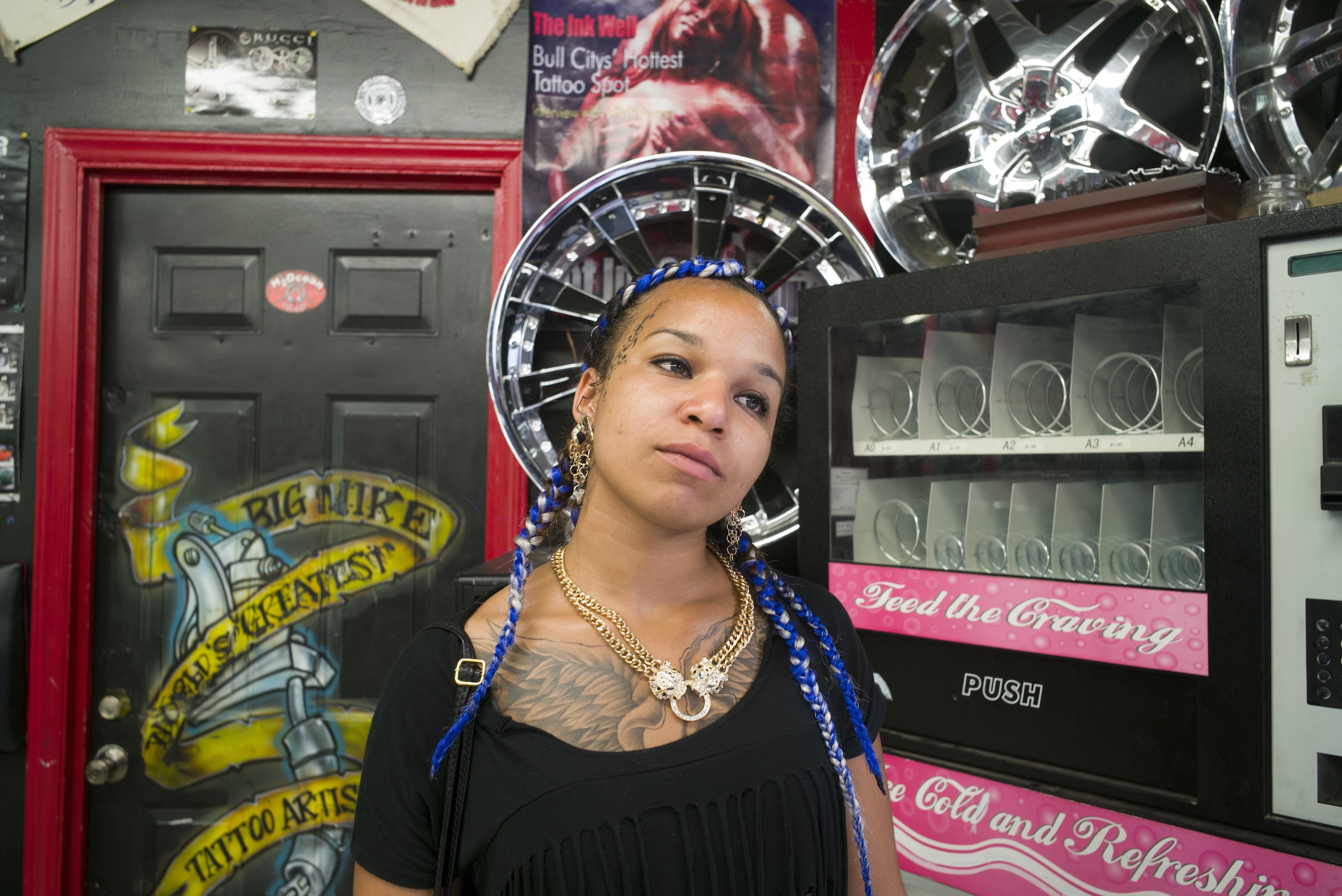
What are we actually talking about when we talk about the New South, a term bandied about with the same frequency (and often the same conceit) with which people label Charleston “quietly progressive”? It can be hard to define and seems to really depend on who you ask. In a companion video to the Halsey Institute of Contemporary Art’s upcoming photographic exhibit Southbound: Photographs of and About the New South, folklorist William Ferris reminds us that “each generation has claimed to be the New South.”
As a point of fact, the term was coined in the 1880s by journalist Henry W. O’Grady. From its inception, it was meant to describe the emerging and restructured social, economic, and political order of the South after the Civil War. Popularly, it is often used to describe specific parts of the South that more closely resemble other urban and progressive centers of the country. For photographer and native of Montgomery, Ala., Andy Scott, for example, the New South always had a very specific connotation: “Growing up in Alabama, which is not the New South in my mind, it meant Dallas, Charlotte, and Atlanta … cities that seemed to be most like the rest of the country. Progressive socially, and in terms of business engagement.”
READ THE FULL STORY [+]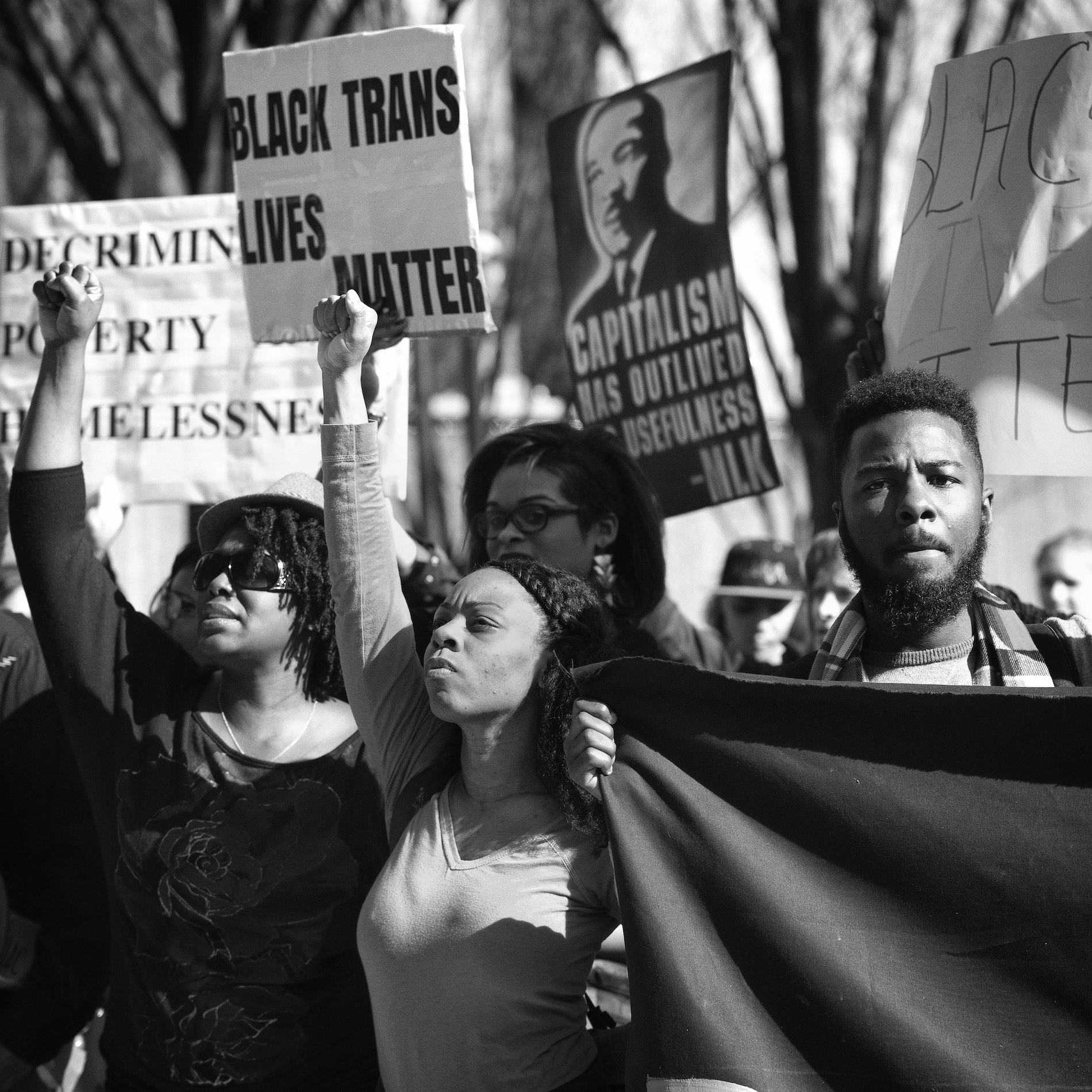
Southbound, touting 56 photographers, 220 photographs in the exhibition, 550 photographs in the whole project, opens on Friday, October 19 at 6:30 p.m. If you haven’t read part 1 of this series on Southbound, please click here.
There are several factors that go into selecting photographs for an exhibit of this magnitude. One key factor is that the photographs have to be available, but it is more than that.
“We wanted to make sure that we had a representation of Urban South. That is a part of the New South. There are Atlanta skylines in car mirrors and other things. But, we also wanted to make sure that we represented the world and agrarian cultures that are here because that is a very big part of the American south. So we also looked at stereotypes,” Sloan said.
But, at a point, the stereotypes become redundant.
“How many images do we have of downtrodden farmers? And how many do we want? Do we have corporate executives sitting at the golf course? We don’t have any of those because photographers tend not to be attracted to that. We do have black lives matter rallies and we have all kinds of other things, zebra racing in New Orleans. We do have a pretty broad net,” Sloan said.
READ THE FULL STORY [+]
Inside a simple brick building on the corner of Saint Phillip St. and Calhoun St. is a small museum dedicated to doing big things.
On Friday, October 19, The Halsey Institute is launching what might be its biggest endeavor yet – Southbound: Photographs of and about the New South.
Southbound is an ambitious collaboration between Mark Sloan and Mark Long. Sloan, the director and chief curator of the Halsey Institute of Contemporary Art at the College of Charleston, has arranged many engaging photography exhibits during his tenure, and Southbound is sure to be just as amazing. Long is a political geographer and professor of political science at the College. He’s also curator at large and academic liaison at the Halsey.
“The Marks,” as they are affectionately known, both have a litany of accolades and accomplishments to their name, and on Friday, they will add co-curators of Southbound to that list.
This exhibit, which is more than just a compilation of photographs, has been four and a half years in the making. It includes a study of art, geography, architecture, and more.
And it started like most things, with an idea. A question really.
“The South – where does it end? Where does it begin? Is Texas the South? It’s a question. Is West Virginia the South? Who gets to draw those lines,” Sloan asks.
Sloan and Long considered a sense of place and where to draw borders in the New South, but also considered culture, values, and ideology.
“We ended up settling on this idea of the cultural affinities model of the South, which pays no attention to state borders but has more to do with culture. Homogeneity of Culture,” Sloan said.
READ THE FULL STORY [+]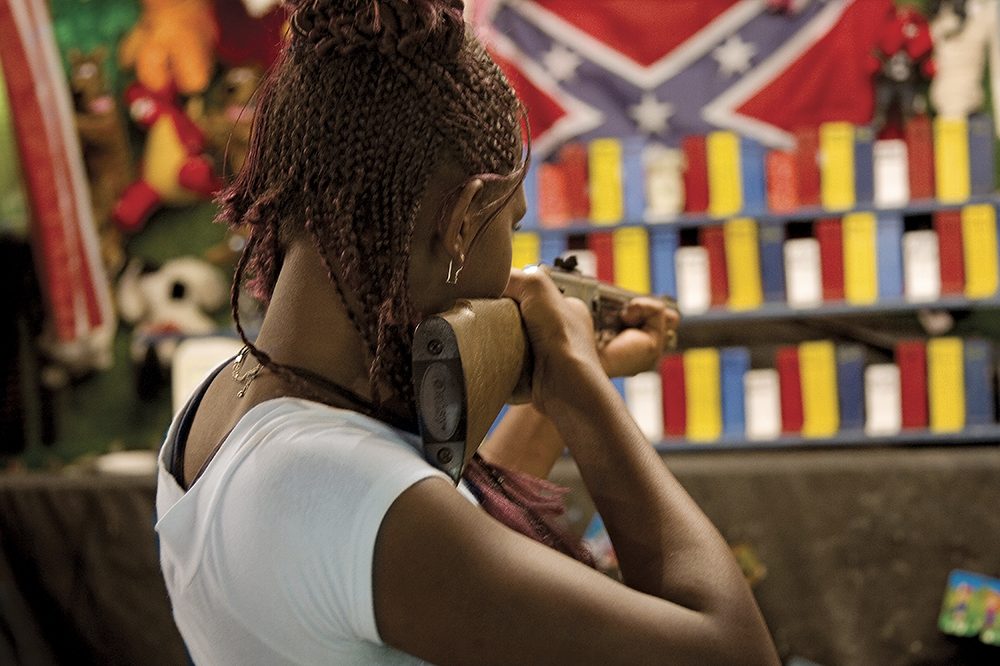
Where shall we begin? In the flooded Ninth Ward of New Orleans? At the rural roadside gas station and barbecue joint? Among the Latino migrant workers in Immokalee? With Confederate re-enactors, or with counter-protesters at the “White Power” march? Along the Underground Railroad, hidden by the trees and the night?
Or perhaps we should first look at the people of “intentional communities” who live outside the mainstream, or the beekeeper, or the children playing in the water, or the zebra racers, or the people who gather at Po’ Monkey’s juke joint.
Where ever you choose to look, the sprawling show “Southbound: Photographs of and about the New South” offers an unexpected view of this vast and contradictory region. That’s really the point, organizers say, for the South cannot be reduced to a simple sentence.
The exhibit, mounted by the Halsey Institute of Contemporary Art, features the work of 56 artists, divided between two venues: the Halsey’s galleries and City Gallery at Waterfront Park. All of the images were produced during the 21st century. It’s the Halsey’s biggest project in its history, and “the largest show of photography ever undertaken about the South,” said Halsey director Mark Sloan.
READ THE FULL STORY [+]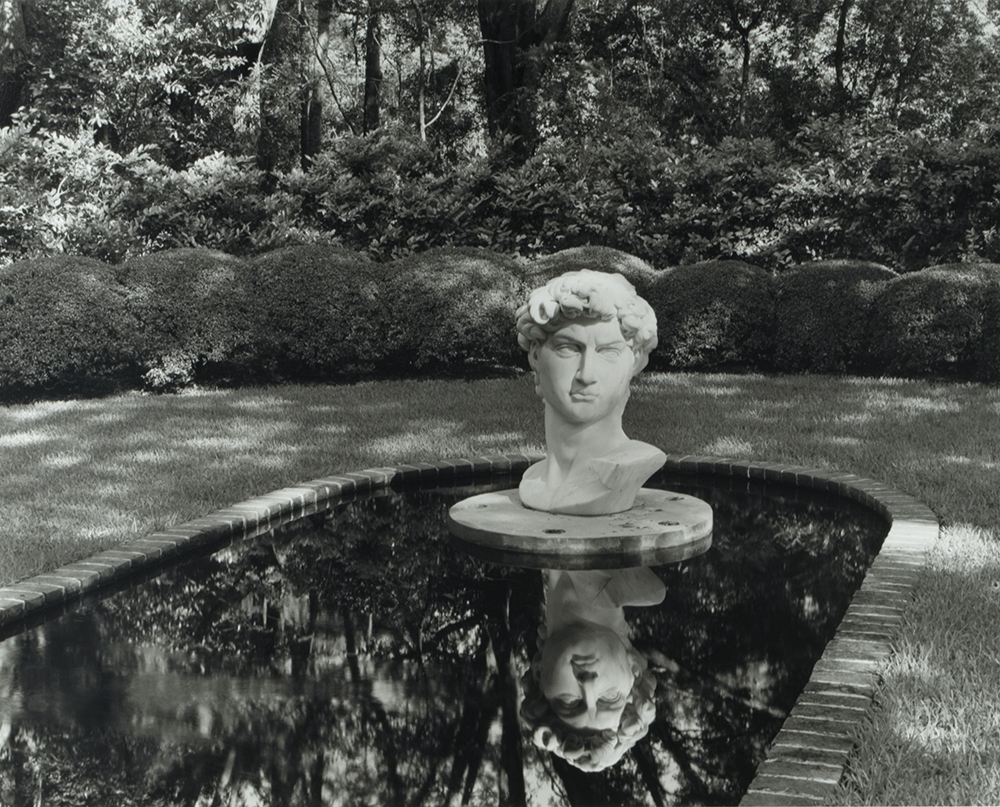
Camera Works Cafe is teaming up with Redux Contemporary Arts Center and the Halsey Institute of Contemporary Art to present a series of three free artist talks related to the Halsey’s blockbuster new photography exhibition, “Southbound: Photographs of and about the New South.”
The first presentation is 6 p.m. Oct. 11. It features “Southbound” co-curators Mark Long and Mark Sloan, who is director of the Halsey. They will discuss their years-long project, their travels through the South and fascinating discoveries, as well as how the show came together.
The second presentation at 6 p.m. Nov. 8 features John Lusk Hathaway, a landscape and portrait photographer based in Charleston. Local photographer and College of Charleston professor Michelle Van Parys will take the podium at 6 p.m. Dec. 13 to discuss her black-and-white work in which Southern terrain plays a central role.
All three events will be held at Redux, 1056 King St.
READ THE FULL STORY [+]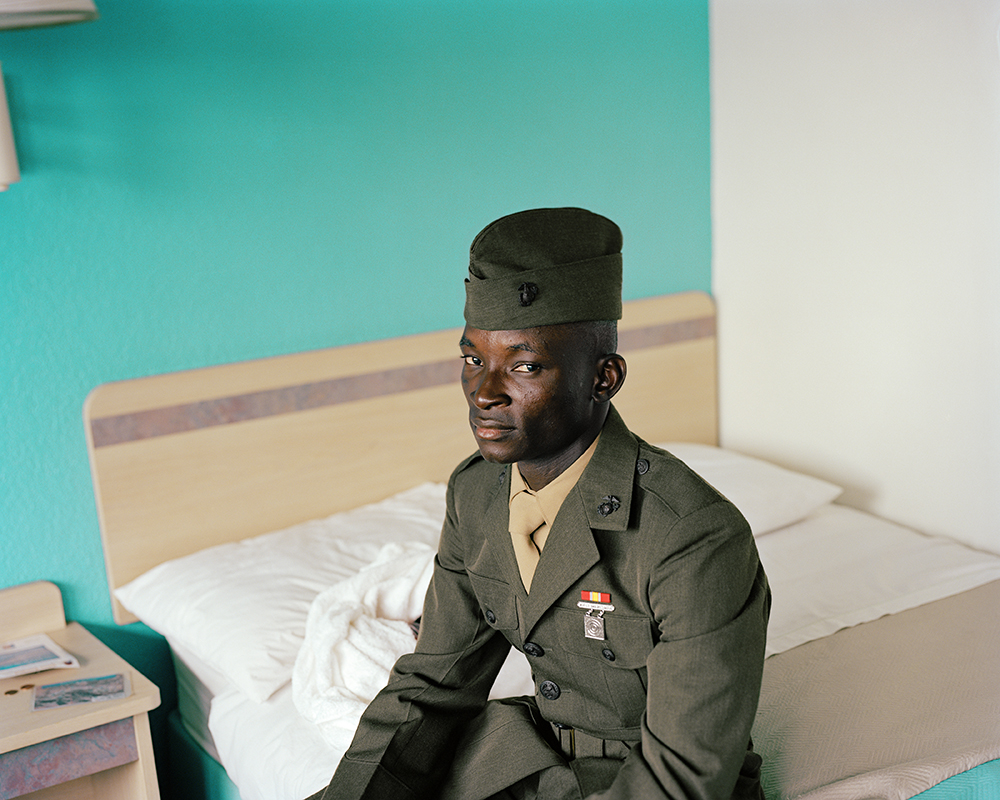
When people envision the South, they may conjure images made by photographers who stylized the “Southernization” of aesthetics during the last century. Walker Evans, Gordon Parks, Sally Mann and William Christenberry. There are the pastoral landscapes covered in Spanish moss; the storybook scenes of small towns and people whose lives have only known those small towns; historical images of segregation and stereotypical images impoverished Americans in crumbling homes. These images have had a lasting impact, but at a cost.
…
TIME recently devoted a special issue to the changing South, with photographers who reflected a variety of voices that either showed us the familiar in a surprising way, or a subject matter that we had not seen before. Their work, and more, is included in two upcoming exhibitions: New Southern Photography (opening Oct. 6) at the Ogden, and Southbound: Photographs of and about the New South (opening Oct. 19) at the Halsey Institute of Contemporary Art at the College of Charleston. Both exhibitions explore the sense of time, place and identity of a region in flux.
READ THE FULL STORY [+]
On Oct. 19, the Halsey Institute of Contemporary Art unveils an extensive exhibition, Southbound: Photographs of and about the New South — one that’s been four years in the making. There’s so much to unpack in Southbound, an exhibition that spans two galleries, both the Halsey and downtown’s City Gallery, that the images themselves beg for further discussion. A three-part series of talks, then, seems like a reasonable response to Southbound. The series kicks off on Thurs. Oct. 11 with presentations from exhibition curators, Mark Sloan and Mark Long.
The next two talks come from locally based photographers whose work is featured in Southbound; on Thurs. Nov. 8 hear from John Lusk Hathaway and on Thurs. Dec. 13 from Michelle Van Parys. Each talk is free and open to the public, begins at 6 p.m., and takes place at Redux.
READ THE FULL STORY [+]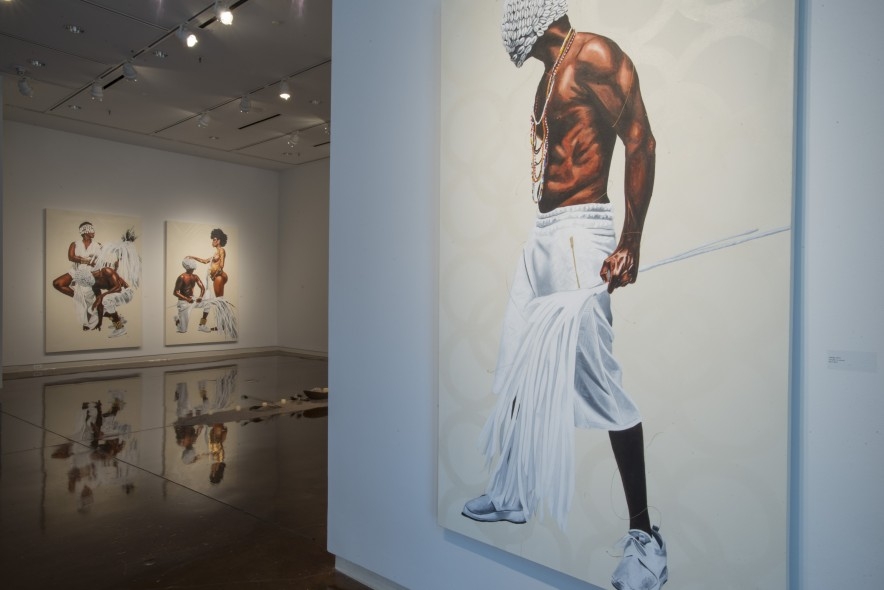
The University of New Hampshire community welcomes students and the general public through Oct. 30 to view the work of visual artist and scholar Fahamu Pecou on display at the Durham campus’ Museum of Art in the Paul Creative Arts Center.
The exhibition, entitled “DO or DIE: Affect, Ritual, Resistance,” is organized in a collaboration featuring the Halsey Institute of Contemporary Art, College of Charleston School of the Arts and the Michael C. Carlos Museum of Emory University.
Pecou spoke to an audience of students, faculty and community members on Tuesday, taking them on a tour of his themes and thought processes.
“I see my work as a continuous process of interrogating and editing,” he said. “Instead of perpetuating [stereotypes], ask questions instead.”
“My work incorporates African spirituality as a part of a trilogy which remembers the conceptual black body,” Pecou added. “This triad considers the somatic attitude of hip-hop(body), concepts inherent to the movement called Negritude (mind), and Yoruba spiritual cosmology (spirit).”
Born in Brooklyn, Pecou lived in South Carolina before finally settling in Atlanta, and vividly recalls one moment in his adolescence that drove him to the art world.
“When I was 18 years old, I saw the film Menace II Society,” he recalled. “In it, a young man named Caine is trapped in a life of crime and violence. With the help of others, he is ready to escape to a better life when he is gunned down in a drive-by shooting.
READ THE FULL STORY [+]